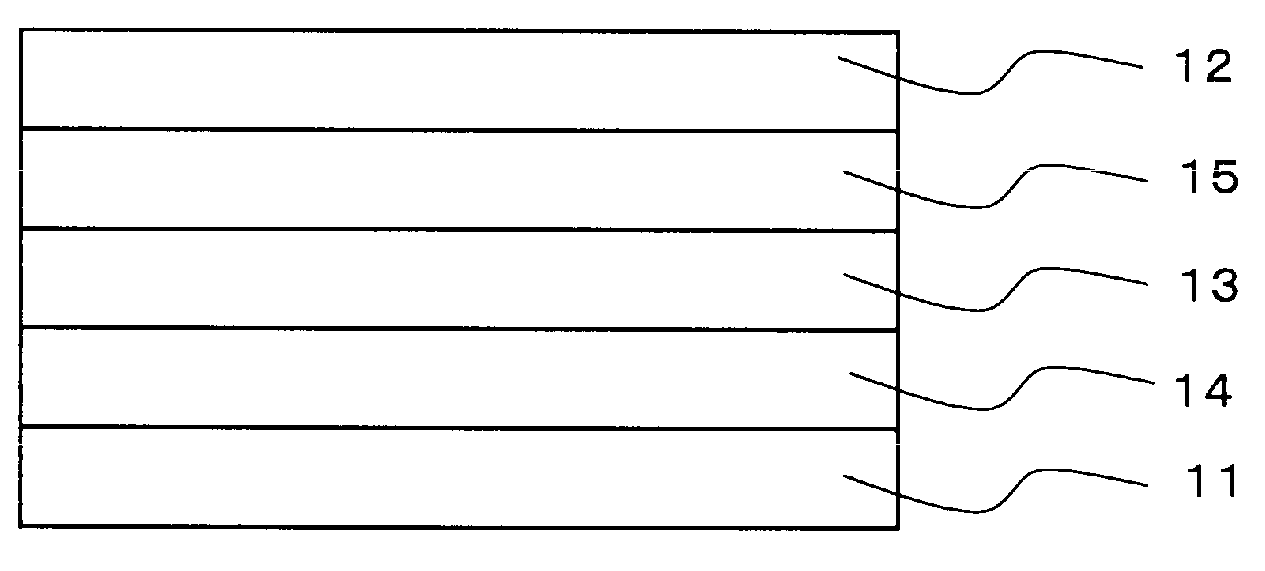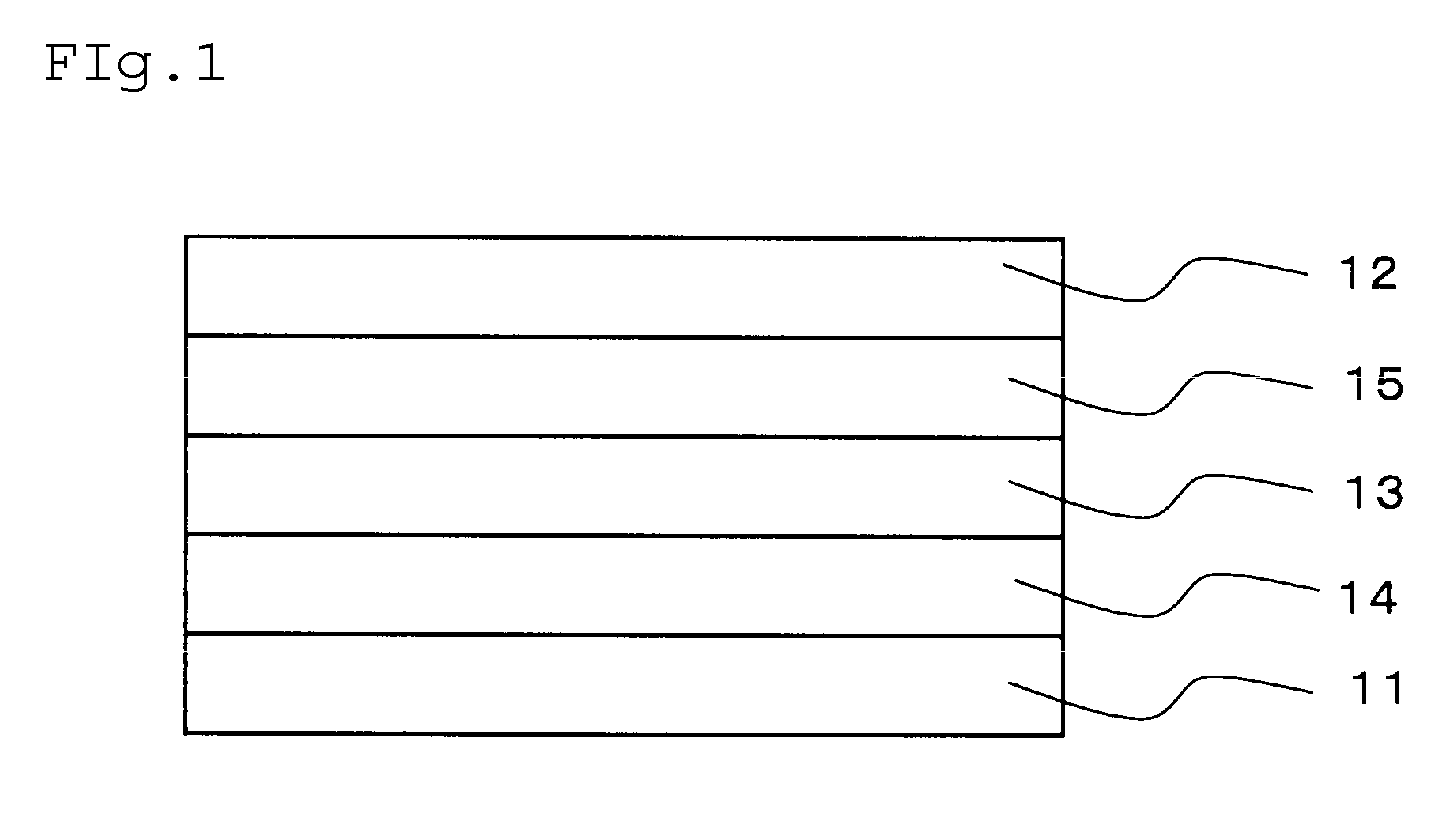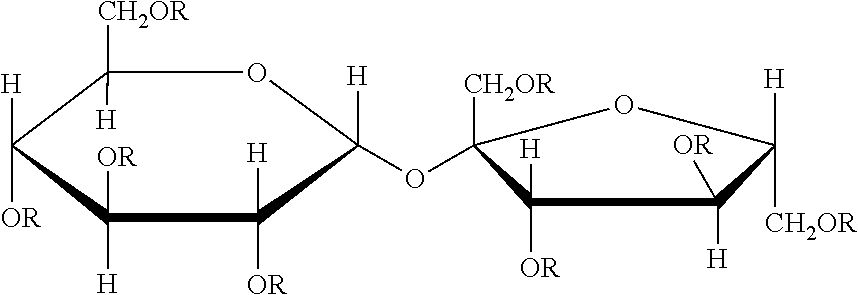Cellulose acylate film, polarizer and liquid crystal display device
- Summary
- Abstract
- Description
- Claims
- Application Information
AI Technical Summary
Benefits of technology
Problems solved by technology
Method used
Image
Examples
examples
[0245]The invention is described more concretely with reference to the following Examples. In the following Examples, the material used, its amount and ratio, the details of the treatment and the treatment process may be suitably modified or changed not overstepping the sprit and the scope of the invention. Accordingly, the invention should not be limitatively interpreted by the Examples mentioned below.
>
[0246]In the invention, the film samples were analyzed to measure their properties according to the following measurement methods.
(Optical Expressibility)
[0247]Using KOBRA 21ADH (by Oji Scientific Instruments), Re and Rth of the samples are measured at a wavelength of 450 nm, 550 nm and 630 nm, according to the method mentioned above. Re(630)−Re(450) is computed to give ΔRe(2), and the resulting ΔRe(λ) is divided by Re(550) to give λRe(2) / Re(550). The results are shown in Table 7 below.
(ΔRe(10−80))
[0248]The sample film is conditioned at 25° C. and at a relative humidity of 10% for 1...
examples 1 to 19
, and Comparative Examples 1 to 13
(1) Preparation of Synthetic Cellulose Acylate Resin:
[0251]Cellulose acylates each having the degree of acyl substitution shown in Table 7 were prepared. As a catalyst, sulfuric acid (7.8 parts by mass relative to 100 parts by mass of cellulose) was added, and each carboxylic acid was added for acylation at 40° C. Subsequently, the total degree of substitution and the degree of 6-substitution were controlled by controlling the amount of the sulfuric acid catalyst, the amount of water and the aging time. The aging temperature was 40° C. The cellulose acylate was washed with acetone to remove the low-molecular component thereof.
(2) Preparation of Dope:
[0252]The following ingredients were put into a mixing tank and dissolved by stirring. The mixture was heated at 90° C. for about 10 minutes, and filtered through paper filter having a mean pore size of 34 μm and through a sintered metal filter having a mean pore size of 10 μm.
Cellulose Acylate SolutionC...
PUM
| Property | Measurement | Unit |
|---|---|---|
| Fraction | aaaaa | aaaaa |
| Fraction | aaaaa | aaaaa |
| Time | aaaaa | aaaaa |
Abstract
Description
Claims
Application Information
 Login to View More
Login to View More - R&D
- Intellectual Property
- Life Sciences
- Materials
- Tech Scout
- Unparalleled Data Quality
- Higher Quality Content
- 60% Fewer Hallucinations
Browse by: Latest US Patents, China's latest patents, Technical Efficacy Thesaurus, Application Domain, Technology Topic, Popular Technical Reports.
© 2025 PatSnap. All rights reserved.Legal|Privacy policy|Modern Slavery Act Transparency Statement|Sitemap|About US| Contact US: help@patsnap.com



